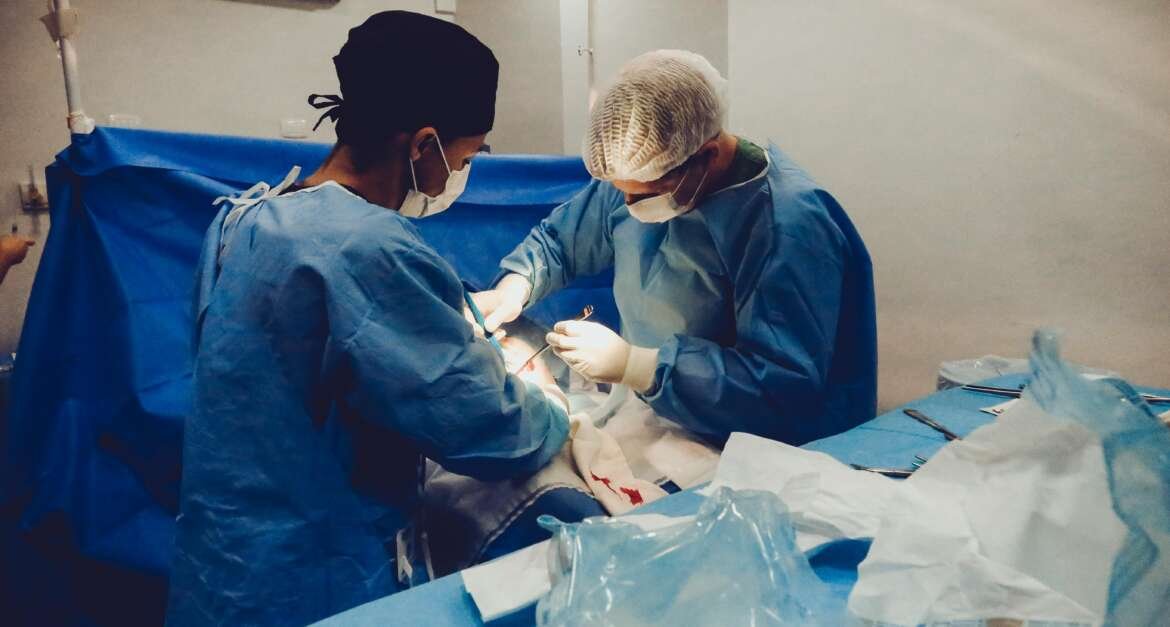Knee pain from arthritis or joint damage can significantly impact daily life, making simple tasks challenging. While knee replacement surgery is a common solution for severe knee issues, an innovative alternative is gaining attention: knee joint distraction. This procedure offers a less invasive option that can preserve the natural knee joint while potentially delaying or even eliminating the need for a total knee replacement.
What is Knee Joint Distraction?
Knee joint distraction (KJD) is a relatively new, minimally invasive technique designed to treat severe osteoarthritis and other degenerative knee conditions. The procedure involves temporarily separating, or “distracting,” the knee joint using an external frame that creates space between the bones. This separation is maintained for several weeks, allowing the cartilage and surrounding tissues to heal and regenerate naturally. KJD has been shown to reduce pain, improve knee function, and may even lead to cartilage repair.
How Does Knee Joint Distraction Work?
The basic principle behind knee joint distraction is simple: by gently pulling apart the knee joint, the stress and pressure on the joint are relieved, allowing damaged cartilage and bone to regenerate. Here’s a breakdown of how the procedure works:
- External Frame Application: Surgeons attach an external fixation frame around the knee joint. This frame is connected to the bones above and below the knee using pins or wires, creating a small gap between the bones.
- Controlled Joint Separation: The external frame keeps the joint separated by a few millimeters, enough to relieve pressure while preserving joint alignment. This distraction allows the cartilage and joint tissues to rest and promotes natural healing.
- 6-8 Week Treatment Period: The patient wears the frame for about 6-8 weeks, which is crucial for the success of the healing process. During this period, patients are encouraged to move and gently use the knee to stimulate blood flow and support cartilage regeneration.
- Frame Removal: After the distraction period, the frame is removed, and the knee gradually adapts to normal movement. Physical therapy often follows to help rebuild muscle strength and improve joint function.
Who Can Benefit from Knee Joint Distraction?
Knee joint distraction is most commonly used to treat severe osteoarthritis, especially in younger or middle-aged patients who want to delay knee replacement surgery. It can be an effective option for those who:
- Have Significant Arthritis Pain but Want to Avoid Knee Replacement: KJD provides a solution that addresses pain and joint damage without replacing the joint, preserving the natural anatomy.
- Are Younger Patients: Younger patients with knee osteoarthritis may wish to delay knee replacement surgery, as knee implants generally last 15-20 years, requiring a revision surgery later in life.
- Have Not Found Relief from Conservative Treatments: For those who haven’t had success with medications, physical therapy, or other nonsurgical interventions, KJD offers an alternative approach.
Advantages of Knee Joint Distraction Over Knee Replacement
There are several unique benefits to knee joint distraction, making it an appealing alternative to knee replacement surgery:
- Joint Preservation: Unlike knee replacement, which involves removing parts of the knee joint and replacing them with artificial components, KJD preserves the natural joint. This means patients retain their original knee structure.
- Cartilage Regeneration: The distraction process promotes the formation of new cartilage in the knee joint. Studies have shown that KJD can increase cartilage thickness, improving joint health and function.
- Delay of Knee Replacement: KJD can delay the need for a total knee replacement by up to a decade in some cases. This is particularly beneficial for younger patients who want to avoid early knee replacement surgery.
- Minimally Invasive: KJD is less invasive than a knee replacement, meaning a shorter recovery time, fewer risks, and reduced scarring.
- Improved Pain and Function: Many patients experience significant pain relief and improved joint function following KJD, allowing them to return to daily activities and even low-impact exercise.
The Procedure and Recovery: What to Expect
Knee joint distraction involves a multi-week commitment to allow the joint time to heal and repair. Here’s what to expect from the procedure and recovery process:
- Procedure: The frame is attached under anesthesia in a hospital setting, taking about 1-2 hours. Patients can typically return home within a day or two.
- Wearing the Frame: Patients wear the external frame for about 6-8 weeks, with regular follow-up appointments to monitor progress. Mild physical activity, such as walking or light exercises, is often encouraged to stimulate blood flow and cartilage growth.
- Physical Therapy: After the frame is removed, physical therapy is essential to restore range of motion, rebuild muscle strength, and stabilize the joint. A tailored physical therapy plan typically follows for several weeks or months.
- Return to Normal Activities: Many patients can return to low-impact activities within a few months, although full recovery can vary. For most, significant improvements in pain and mobility are noticeable within the first six months.
Is Knee Joint Distraction Right for You?
Knee joint distraction may be a suitable option for those with severe osteoarthritis who are not ready for a knee replacement or who want to preserve their natural knee joint for as long as possible. However, KJD may not be suitable for everyone. Those with advanced bone-on-bone arthritis, extensive joint deformities, or specific underlying health conditions may still benefit more from a knee replacement. Consulting with an orthopedic specialist can help determine the best course of action based on your unique needs and goals.
Final Thoughts: A Promising Future for Joint Preservation
Knee joint distraction offers a new hope for patients seeking alternatives to knee replacement, particularly those interested in preserving their natural knee structure. By promoting cartilage regeneration, reducing pain, and delaying the need for invasive surgery, KJD provides an effective treatment option that can enhance quality of life without the permanent changes that come with joint replacement. For patients and doctors alike, knee joint distraction represents a promising advance in orthopedic care focused on healing and joint preservation.
